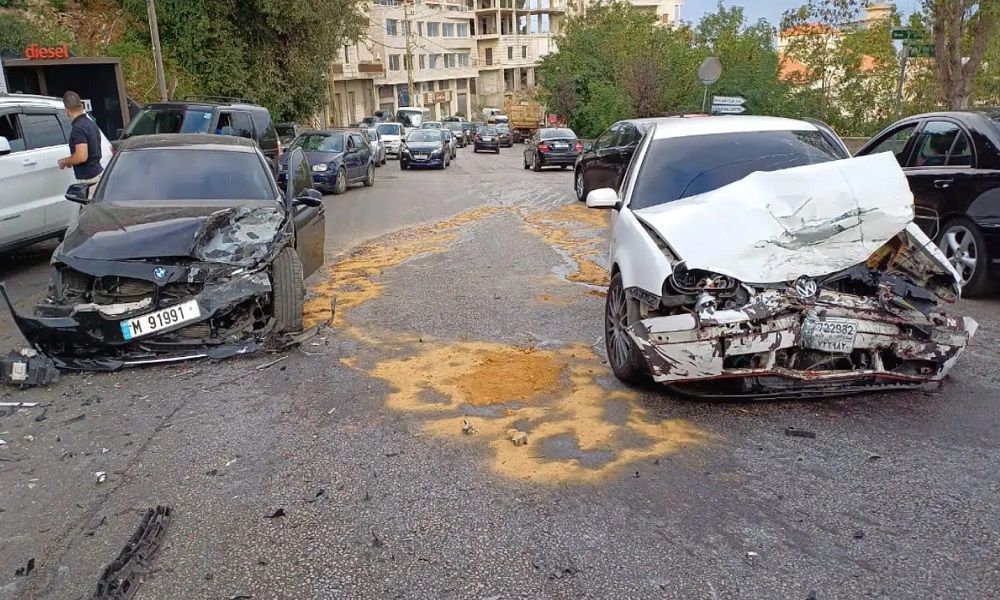
During a visit to Beirut’s municipal police on Thursday, Interior Minister Ahmad Hajjar stressed that road safety is a collective responsibility of all relevant authorities—not just law enforcement—and urged stronger coordination to improve traffic in the capital and across Lebanon.
Just days earlier, on August 6, the National Road Safety Commission met for the first time in six years at Hajjar’s invitation, bringing together security forces, several ministries, and specialized associations.
Reviving the commission, which the minister has made a top priority, comes amid a worrying surge in road accidents nationwide.
Chaired by the Interior Ministry and operating under the National Road Safety Council led by Prime Minister Nawaf Salam, the commission is focusing on data coordination, infrastructure improvements, and stricter enforcement. The challenge goes beyond technical measures. It is a test of the state’s ability or inability to make road safety a lasting public policy.
Alarming Figures
According to YASA, 876 road accidents were recorded between January and the end of May 2025, resulting in 162 deaths and 1,034 injuries. In the first half of the year, total casualties reached 6,000 injuries and 207 deaths, up from 5,400 injuries and 154 deaths during the same period in 2024. The upward trend shows no sign of slowing.
The summer months intensify the problem, as school closures and an influx of visitors lead to heavier traffic.
Traffic violations are widespread, including speeding, drunk driving, distracted driving due to mobile phones, and motorcyclists, notably children without helmets. Infrastructure issues also heavily contribute, particularly the lack of lighting on mountain roads, missing road markings where hazards should be signaled, and generally poor road conditions across the country.
A Structural Problem
Data from the National Council for Scientific Research (CNRS) for 2022 shows that these issues are structural. Accidents are concentrated in Beirut, Nabatiyeh, and Zahle, with frequent occurrences along the coast, especially in Jounieh, Batroun, Tripoli, Jbeil, and Tyre.
In 2022, most accidents involved vehicle-to-vehicle collisions, followed by vehicle-motorcycle crashes (34.9%) and vehicle-pedestrian accidents (10.7%). Accident rates were higher in winter and lower in summer, mainly due to weather conditions, poor road maintenance, and school traffic.
In 2025, the revival of the National Road Safety Commission has brought initiatives such as coordination with the Red Cross to unify accident data, reactivation of traffic lights and cameras in the capital and its outskirts, stricter road enforcement, particularly for two-wheelers, and measures to prevent manhole cover theft, which endangers pedestrians and vehicles.
As long as Lebanon’s roads remain governed by the law of the strongest and infrastructure problems go unresolved, every bend, intersection, and overtaking maneuver carries the risk of a predictable tragedy.




Comments